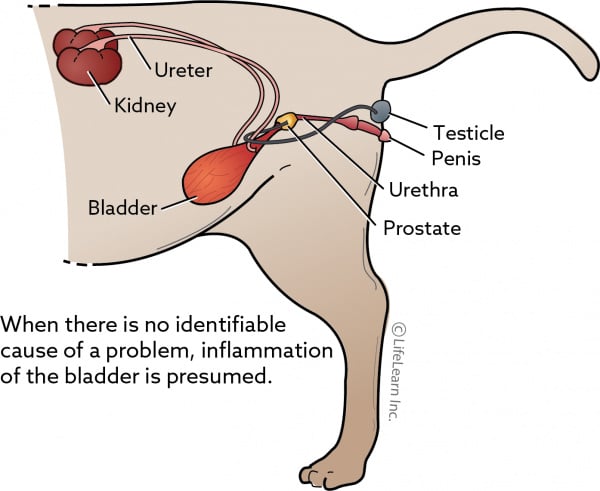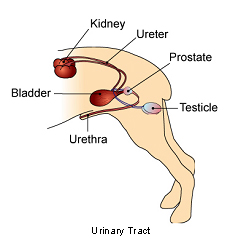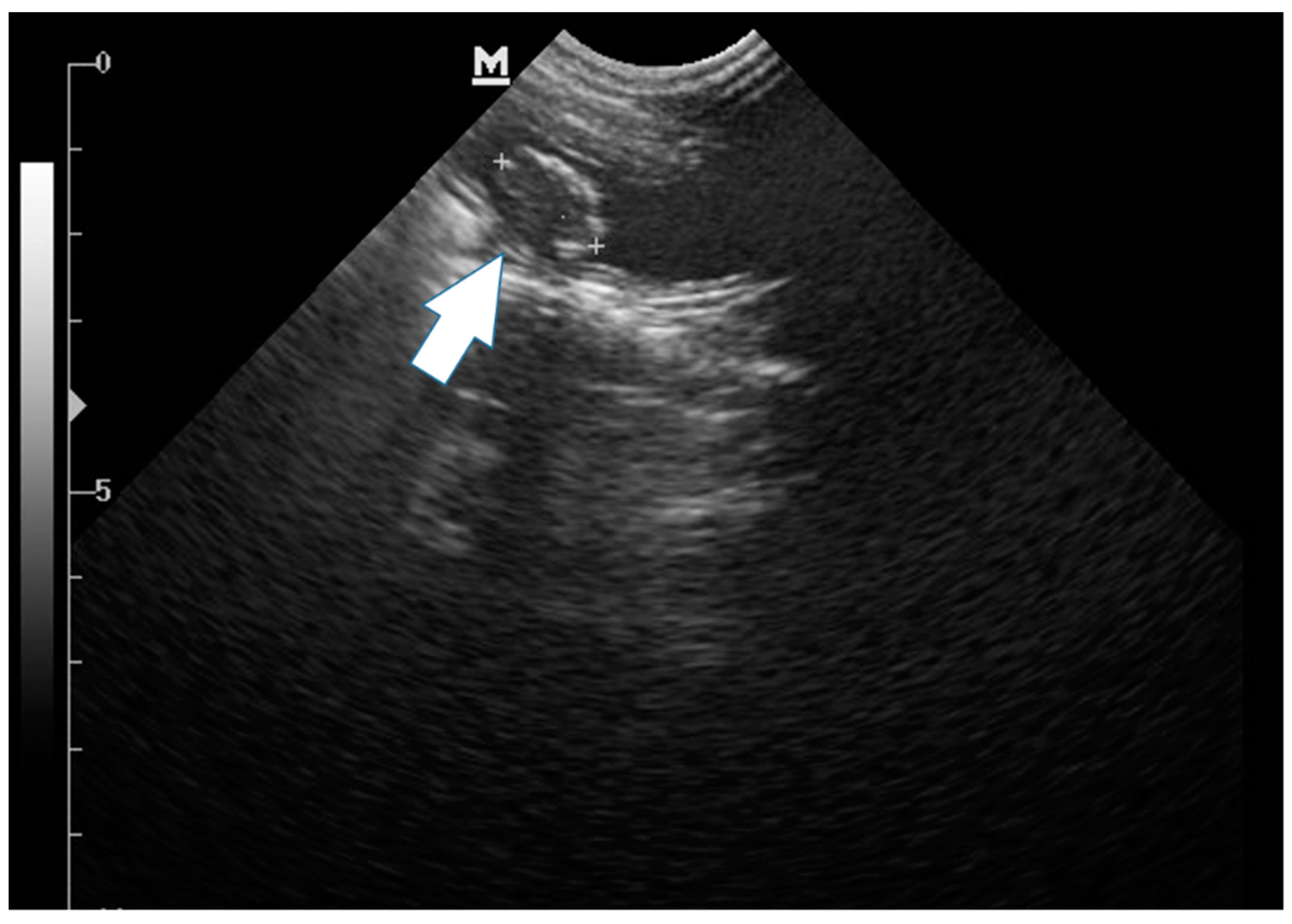neoplasia in cats bladder
The urinary bladder is the most common site of lower urinary tract neoplasia in both dogs and cats 12. Chronic urinary tract infection UTI.

Urinary Bladder Cancer Rhabdomyosarcoma In Cats Petmd
Its cause is related to genetic changes that occur early in life.
. However due to delays in diagnosis. Carcinoma is the most common urinary bladder cancer. The diagnosis of a urinary bladder neoplasm is generally delayed because of a lack of overt clinical signs or a partial response to empirical treatment.
A bladder tumour is a benign or cancerous tumour of the bladder or urethra of cats. The usual treatment for primary ureteral neoplasia is nephrectomy and ureterectomy. Hematuria Hematuria stranguria pollakiuria are common presenting signs.
The urinary bladder is the most common site of urinary tract neoplasia in dogs and the second most common site of urinary tract neoplasia in cats after renal lymphoma. Transitional cell carcinoma is the common cancer of the bladder or urethra in dogs and cats accounting for 5075 of all bladder tumors. Nine of the cases have been reported previously.
A modern vet practice delivering exceptional care transparency and online conveniences. Transitional Cell Carcinomas Transitional cell carcinoma TCC is a prevalent type of bladder cancer in cats and more cats get diagnosed with transitional cell carcinoma than other types of bladder cancer every year. Neoplasms of the canine and feline urinary bladder are diagnostic and therapeutic challenges to the veterinary clinician.
Urinary tract tumors are most common in middle-aged to older animals. There are several types of bladder tumours in cats transitional cell carcinoma TCC is the most common other types include benign mesenchymal tumours squamous cell carcinoma rhabdomyosarcoma and lymphoma. Bloody urine Urethral obstruction causing an inability to urinate Pain upon palpation of the back or pelvic regions Weakness Exercise intolerance Polydipsia Polyuria with only a small.
Neoplasms of the ureters bladder and urethra are uncommon in dogs and rare in cats. Epithelial tumors in particular TCC are the most common tumors of the urinary bladder and account for up to 92 of feline bladder tumors Other urinary bladder tumors include SCC ADC rhabdomyosarcoma FSA CSA leiomyosarcoma HSA chemodectoma and benign tumors such as leiomyoma and fibroma. The exact etiology is unknown.
Most renal tumors are seen in middle aged to older dogs and cats. The storage function of the bladder may allow for prolonged contact with carcinogens. This is a malignant cancer usually arising from the inside surface of the urinary bladder or urethra and less commonly from the muscular wall of the urinary tract.
Euthanasia was performed and necropsy revealed an extensive nodular thickening of the entire urinary bladder wall. The eight additional carcinomas from the files of. Renal neoplasia is cancer located in the kidney.
A distinguishing feature of all squamous cell carcinomas and most. However a rare form of primary kidney cancer called a nephroblastoma usually occurs in dogs less than 1 year of age and young cats. Renal neoplasia can originate in the kidney primary or spread or metastasize to the kidney from another site secondary.
In dogs the urinary bladder is also the most common site of neoplasia in the entire urinary system including both upper and lower urinary tracts and in cats the urinary bladder is the second most common site of neoplasia in the urinary tract after renal. Most common tumor type. When tumors appear in the urinary tract of cats the cells that line the urinary tract are affected.
The low incidence in cats may be due to a difference in tryptophan metabolism that results in low urinary concentrations of carcinogenic tryptophan metabolites. Hematuria stranguria dysuria pollakiuria are common presenting signs. Chronic urinary tract infection UTI Cystitis.
Metastasis was recorded in five of the cases. 2 of all canine tumors. Neoplasia and the kidneys Renal lymphoma is the most common renal tumor in cats and often presents with sudden onset of poor kidney function including acute kidney injury 2.
Overview of Feline Urinary Bladder Cancer. Surgical resection by partial segmental resection is the treatment of choice. Lower urinary tract neoplasia is uncommon in dogs and cats though transitional cell carcinoma TCC is the most common tumor of the lower urinary tract in both species.
Surgical and additional chemotherapyradiotherapy. Epithelial most common or connective tissue. Bacterial in 65-75 cases.
Tumors of the bladder urethra and prostate often occur independently although extension of these tumors into adjacent regions of the lower urinary tract is documented frequently. 1 2 Transitional cell carcinoma TCC is the most prevalent lower urinary tract cancer in dogs and considerable information regarding TCC is available for dogs including common anatomical. The cat was reported to be incontinent and treatment was declined by the owners.
Clinical signs and ancillary testing. One study reported on the histopathological diagnosis of 20 urinary bladder neoplasms in cats and findings included angioma intravenous leiomyoma adenocarcinoma squamous cell carcinoma TCC leiomyosarcoma hemangiosarcoma lymphoma and embryonal rhabdomyosarcoma. Urinary bladder cancer however easily spreads to other areas of the body and may soon show the following symptoms.
Clinical signs are not. Feline leukemia virus associated lymphoma seems to be declining but possibly 14 to 50 of cats affected by lymphosarcoma are FeLV positive 3. The ascending transverse and descending colon are chronically large in diameter and filled with dry stool.
Nephroblastomas rapidly developing malignant tumors are seen in younger animals. In a review of 27 cats with bladder neoplasia 15 were diagnosed as carcinoma five were sarcoma five were benign leiomyomas or fibromas and two were lymphoma. Urinary bladder tumors are rare in cats but of the possible cancers transitional cell carcinoma is the most commonly diagnosed.
The common clinical signs seen with bladder cancer are those referable to the urinary tract. A case of feline rectal prolapse which appeared to be secondary to transitional cell carcinoma of the urinary bladder is described. Megacolon occurs more frequently in cats than dogs and is usually seen in middle-aged to geriatric cats.
Ad We provide best-in-class care for pets and convenience for pet parents. Lower urinary tract neoplasia in companion animals is a debilitating and often life-threatening disease. A congenital form of the disease has been seen especially in Manx cats with rectalanal atresia and a sacral spinal deformity.
The most common lower urinary tract tumor in dogs and cats is transitional cell. Tumors location vary greatly inside the bladder. In 17 cases of transitional cell carcinoma in cats the most common site for primary neoplasia was the urinary bladder.

Feline Urologic Syndrome Sandia Animal Clinic

Feline Idiopathic Cystitis Vca Animal Hospitals

Feline Kidney Anatomy Vet Tech Student Veterinary Tech Veterinary Medicine

Transitional Cell Carcinoma Lap Of Love
Bladder Cancer In Cats Innovet Pet

Urinary Bladder Cancer In Cats Symptoms Causes Diagnosis Treatment Recovery Management Cost

Bladder Cancer In Cats Innovet Pet

Cat Can T Pee Signs He May Have A Urinary Blockage Daily Paws

Feline Lower Urinary Tract Disease Flutd International Cat Care

Diagnosing And Managing Feline Lower Urinary Tract Disease

Urinary Tract Tumors Vca Animal Hospitals

Urinary Bladder Cancer Research College Of Veterinary Medicine Purdue University

Bladder Cancer In Cats Innovet Pet

Current Thoughts On Pathophysiology And Treatment Of Feline Idiopathic Cystitis
Feline Bladder Cancer Signs Prognosis And Treatment Homeoanimal Com

Bladder Cancer Causes Symptoms And Treatment

Veterinary Sciences Free Full Text Long Term Survival Of A Cat With Primary Leiomyosarcoma Of The Urinary Bladder Html

